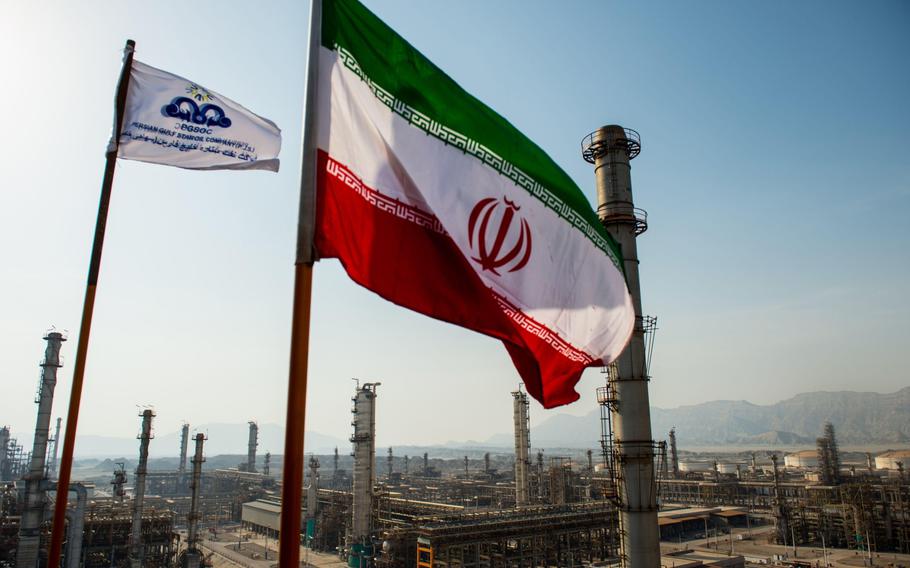Iran reduced its stockpile of near bomb-grade uranium over the past three months, a move that could ease some fear over a wider Middle East conflict as Tehran’s allies trade fire with U.S. forces.
Nuclear inspectors from the United Nations watchdog told diplomats Monday that Iran’s level of highly-enriched uranium has dropped 5% since November, compared with a 5% increase during the previous quarter. That still means the Islamic Republic possesses enough technical know-how and material to fuel several nuclear weapons within weeks, should it decide to pursue arms.
“Public statements made in Iran regarding its technical capabilities to produce nuclear weapons only increase the Director General’s concerns about the correctness and completeness of Iran’s safeguards declarations,” the International Atomic Energy Agency’s concerns, Director General Rafael Mariano Grossi wrote in a nine-page restricted report seen by Bloomberg.
The IAEA said Iran “mixed a total of 31.8 kilograms of uranium enriched up to 60%” with less-concentrated material to achieve the reduction, according to a separate 11-page restricted report. It was the first decline in Iran’s highly-enriched uranium stockpile since 2021.
The latest IAEA data could relieve building Middle East tensions that have grown in the wake of the deadly incursion by Iran-backed Hamas militants into Israel on Oct. 7. The U.S. launched airstrikes against Iranian forces and militias in Syria and Iraq earlier this month in retaliation for a drone attack that killed three American soldiers.
While Iran insists it isn’t looking to produce nuclear weapons, international mistrust prompted a negotiated compromise in 2015 that restricted the country’s atomic activities in exchange for sanctions relief. That agreement fell apart after then-President Donald Trump withdrew the US from the accord and reimposed sanctions. Attempts by Joe Biden’s administration to revive the deal have failed.
Iran’s stockpile of uranium enriched to 60% levels of purity fell to 121.5 kilograms (267.9 pounds) from 128.3 kilograms in November, the IAEA inspectors concluded. Inventories of 20%-enriched fuel grew to 712.2 kilograms from 567.1 kilograms.
IAEA inspectors reported that Iran continues to stonewall an investigation into uranium particles detected at undeclared sites.
“Until Iran provides technically credible explanations” IAEA inspectors “will not be able to confirm the correctness and completeness of Iran’s declarations,” Grossi told diplomats, who’ll convene March 4 in Vienna to discuss the Islamic Republic’s atomic program.
Iran’s top nuclear official, Mohammad Eslami, last week invited Grossi to Tehran in May in order to “remove misunderstandings and expand cooperation,” he told the state-operated Islamic Republic News Agency.
©2024 Bloomberg L.P.

An Iranian national flag flies above the new Phase 3 facility at the Persian Gulf Star Co. (PGSPC) gas condensate refinery in Bandar Abbas, Iran, on Jan. 9, 2019. (Ali Mohammadi/Bloomberg)